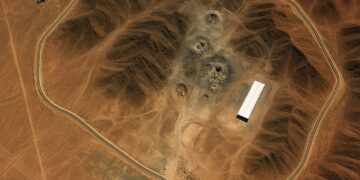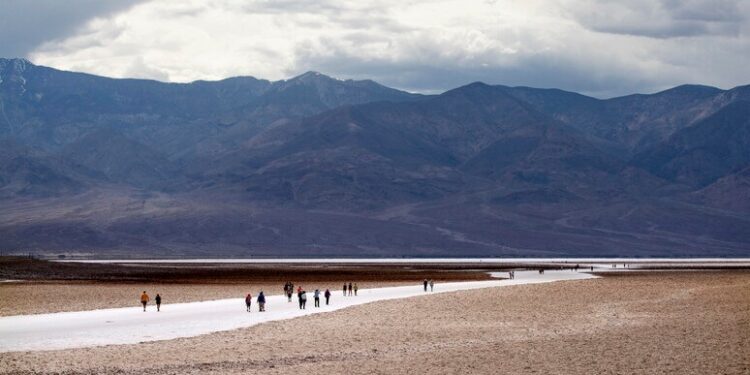Death Valley Breaks Temperature Record: In 1913, Death Valley made history by registering the highest temperature ever recorded on Earth, reaching a scorching 56.7 degrees Celsius. This milestone was officially acknowledged by the World Meteorological Organization (WMO), an agency of the United Nations tasked with establishing global meteorological standards. The accuracy of such measurements hinges on strict criteria, including the elevation at which recordings are taken and ensuring protection from direct sunlight or other external heat sources.
Previously, the record-high temperature was attributed to Aziziya, Libya, where a staggering 57.8 degrees Celsius was noted on September 13, 1922. However, the WMO annulled this record in July 2012, solidifying Death Valley’s claim to fame. While Death Valley clinches the title for the hottest air temperature on Earth, the Lut desert in Iran and the Sonora desert spanning Mexico and the USA boast even higher ground temperatures, hitting a scorching 80.8 degrees.
Researchers from the University of California uncovered these extreme surface temperatures through an analysis of high-resolution satellite data provided by the United States Geological Survey. The study identified the Lut desert as having the hottest land surface globally, consistently experiencing sweltering temperatures from 2002 to 2019. In addition to these regions, other parts of the world have also witnessed substantial temperature spikes, such as the blazing 55 degrees recorded in Kebili, Tunisia, on July 7, 1931, and the 54-degree readings in Ahvaz airport, Iran, on June 29, 2017, and Basra, Iraq, on July 22, 2016.
On a global scale, the hottest day ever documented occurred on July 6, 2023, with the highest average temperature reaching 17.08 degrees. Further affirming the trend towards rising temperatures, July 2023 emerged as the warmest month ever recorded worldwide, underscoring the pressing need for climate vigilance and mitigation efforts.














































